Control Tower strategy & supply chain visibility
Technological developments and the fast globalization of business result in supply chains that are becoming more and more complex to manage.
Technological developments and the fast globalization of business result in supply chains that are becoming more and more complex to manage.
This is combined with the changes and disruptions that seem to be following-up each other at an increasing speed (ever-changing supply chain). Companies are looking for solutions that can help them to manage this complexity and avoid risks and uncertainties.
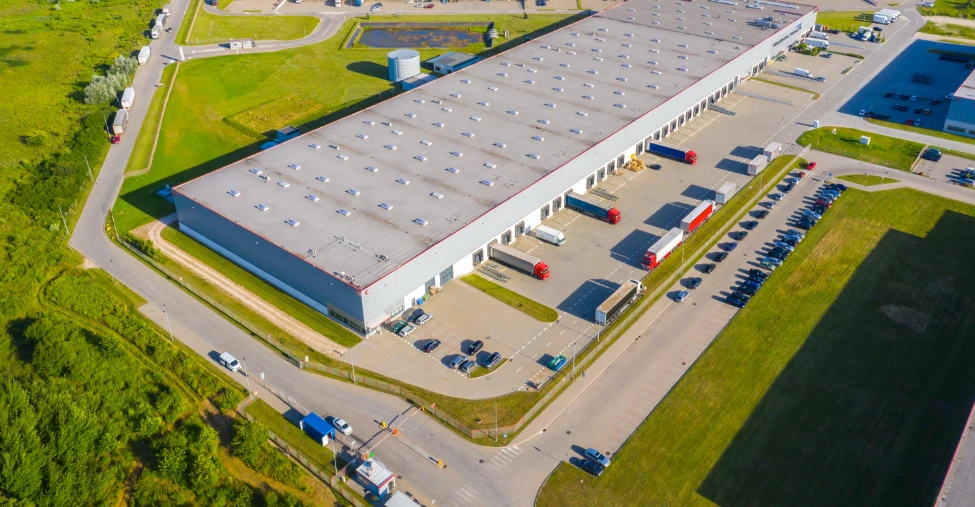
Our vision on Control Tower strategy & supply chain visibility
In today’s global environment change and disruptions are the new normal. Global supply chains have become more complex over the last decade. This situation requires you to increase your control on your supply chain and hence create visibility and/or to simply the supply chain dramatically to reduce the exposure and need for visibility.
When continuing with complex and global supply chains, visibility is not “a nice to have”, but similar to a driver’s license when driving a car.
- How can we increase the visibility and control of our supply chain?
- What type of control tower operation would support our operations best?
- How can we increase the visibility and control of our supply chain?

Feasibility assessment on improved visibility and control operations
One of our key services is conducting a strategic review of the benefits of a visibility and control operations and its requirements. We make a clear distinction between transportation management operations and end to end control towers. Our service includes the development of a business case which is based upon an opportunity assessment and our control tower maturity framework which encompasses elements relevant to control tower development such as organizational processes and IT systems.
Design visibility & control operations and make vs. buy decisions
If you require:
- Support in designing your end-to-end visibility & control operations or redesigning an existing operation
- Would like to evolve a transport management operation into an end-to-end Control Tower
Our concept (re-)design methodology is a proven solution. Also a Make vs Buy decision (insource or outsource the operations) can be part of the ask.
Our solution includes assessing the proposed organization, processes (roles & responsibilities), IT blueprints, financial and qualitative aspects of the requested concept. This can be included the question of insourcing vs. outsourcing to a LLP/4PL or operating a hybrid model.
Partner selection of a 4PL/LLP
A 4PL or Lead Logistics Provider (LLP) is a company that focuses on the management and optimization of transportation operations. These companies focusing on visibility & control solutions are in general asset-free and have strong IT solutions in place and are therefore providing capabilities useful to our clients. Therefore, we are frequently supporting in the partner selection of a 4PL/LLP based on our knowledge of the market place and a proven RFI/RFP process. The most important selection criteria for selecting the right 4PL/LLP for your organization are:
- Industry knowledge of the 4PL/LLP
- Geographical coverage (including the option for 24/7 operations)
- Independency, i.e. is the 4PL/LLP carrier independent or not (owned by a carrier)?
- Operations focus or also proven continuous improvement methodologies in place
- Dependency of your company as an organization on the 4PL/LLP
- Technology ownership and transfer-ability at the end of the contract
IT system landscape assessment
Our knowledge of the available IT systems related to visibility & control, enables us to support our clients in the definition of the required IT landscape and the selection of the required IT tool based on a proven RFI/RFP process. Seven key Tool selection considerations are:
- Industry knowledge of IT supplier
- Geographical scope of the solution
- Carrier integrations available and options to add carriers
- Level of visibility needed (shipment vs order line level)
- Ability to integrate with other platforms
- Functionalities linked to value you would like to achieve with the system
- Cost related to the solution (fixed and variable components)

Within supply chains, the focus of improvement predominantly used to lie with cost reduction. The result in most cases was centralization and a large warehouse to service markets spread over multiple geo’s. The last years (COVID, other disruptions) proved costs are not the only driver for decisions. Resilience, business contingency, reduced carbon emissions and reliability are just as, if not more, important than costs itself.
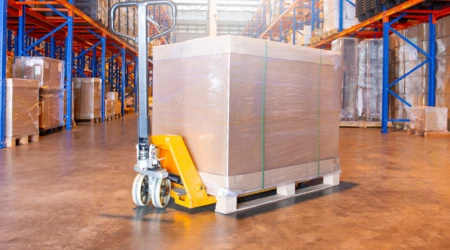
When producing packaging materials, quality and price are major decision levers. Especially in the food industry, where (human) health and safety are top of the agenda. On the other hand, more manufacturers put in effort to reduce carbon footprint and environmental impact. After all, customer and consumer demand are increasingly driven by a minimal footprint. As manufacturer information on your product’s footprint is essential to be competitive to industry peers.

Besides rapidly changing trends and shifting consumer demand, the fashion and apparel industry is involved with ethical and environmental concerns. Fashion supply chains have been balancing between affordable and ‘fair’ for quite some time. Now that supply chains have become more transparent than ever, companies can utilize this information for the better. The main question of this project: “Where in the supply chain of the fashion industry can we gain the most in terms of carbon emission reduction?” as environmental part of the sustainability trifecta: Environment, Social, Governance (ESG).

A large medical equipment company wanted to define a supply chain strategy for each supply chain in the company based on clear commercial requirements gathered by and aligned with commercial teams, and have a joint common understanding and agreement of this supply chain strategy by both commercial and supply chain leadership teams.

A power tool manufacturing company wanted to define a clear supply chain strategy for each business unit, so it can serve as a key driver and input for defining the optimal supply chain footprint going forward, and also enable all functional strategies to be aligned to this overall supply chain strategy.

One of the Business groups of a European industrial products company is growing rapidly and has changing requirements to the supply chain. The current manufacturing, warehouse and logistics footprint cannot accommodate the scale of activity nor the changes in the requirements. The company needs to redevelop its supply chain network.

The client ask is to optimize the global finished goods distribution network, using best practices – reducing lead-time, eliminating cost, solving queues of inventory, and implementing physical material handling where possible.

The company realized that it's supply chain planning processes were basic and there was no joint planning between the operations and commercial team, with overall lack of communication between the functions. As a result, inventory levels were high, with significant scrap, yet on-time deliveries were poor.

In order to facilitate the implementation of a recently selected planning software system, processes would need to be harmonized and the overall level and maturity of the organization improved.

Our customer operates within a highly dynamic business environment and requires visibility for an effective manufacturing strategy. Our customer operates within a highly dynamic business environment and requires visibility for an effective manufacturing strategy.

Our customer operates within a truly global, integrated and customer centric business environment. In order to become a leading global MedTech company, an E2E Supply Chain Transformation is to be formed to map, model and improve the company’s value chain network.

Our customer is a large global FMCG company. Their network is complex with about 100 plants, almost 100 DC’s and thousands of customers. In addition, they were going through M&A, but also carved out specific business lines (e.g. coffee) requiring to run scenarios with & without these BU’s. Our customer wanted to start CoE’s on the main continents (EMEA, NA, Asia), because they do not have global customers.

Our client is one of the leading food ingredients manufacturers globally, focusing on nutrition. The company is facing market growth in Asia while not having enough capacity in Asia to cover full Asian market demand. Therefore the company decided to launch an Asia manufacturing location project.
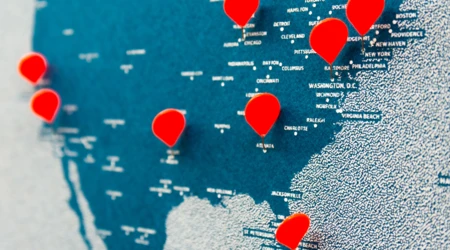
Our client is one of the leading manufacturers of industrial tooling products. The company faced significant growth in North America for one of their relatively new product groups. As this product was now produced in only one plant which was located in Europe, the company identified the need to set up a new manufacturing plant for this product type in North America.

Our client is one of the leading manufacturers of industrial tooling products. The company faced substantial growth in Asia for a significant part of their product portfolio. As growing further in one of their current sites in China was not possible due to lack of space and local regulations, the company decided to start a project to determine in which country to build a new plant and at which exact location.
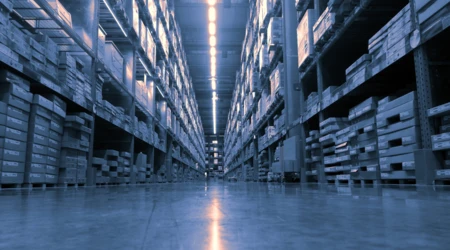
Our client, one of the leading manufacturers and trading companies of industrial products and tools applied in e.g. the yacht and shipbuilding industries, had a number of distribution centers across Europe and identified the need to look for the best location for a new consolidated distribution center of approximately 20,000 m2 / 200,000 sqf.

Our client is one of the leading international law firms in the world. In the last decades the firm has become a truly international practice, opening offices in all key international financial centers, around the world, branching out into newly emerging legal markets, and merging with leading firms on the different continents.

The company was growing in the US and was now anticipating EU approval. In order to prepare for European commercial launch the company needed to establish itself in Europe with, as a first step, a European Headquarters.
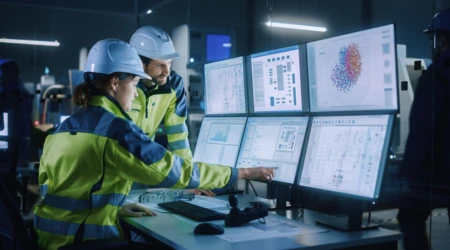
Our client, a leading manufacturer of industrial inks, has an established manufacturing footprint around the globe. The footprint consists of a mix of consolidated larger “super sites” and smaller sites closer to the customer base. The company acknowledged the need to optimize its manufacturing footprint in Asia. Key drivers for this were the risks identified in the network (single source / focused plants for certain important products) and inefficiencies in the network such as imports from Europe and North-America with long lead times and high costs.

The company’s management decided to start an initiative in order to ensure the company’s manufacturing operations could keep pace with market growth and secondly, to build a robust, low risk footprint that could support the company for the next 10 years out.

Our client, one of the leading manufacturers of hearing aids around the globe, had a historically grown manufacturing network. This network included sites in different parts of the globe and with significant capacity in North America and Europe and a lighter presence in Asia.
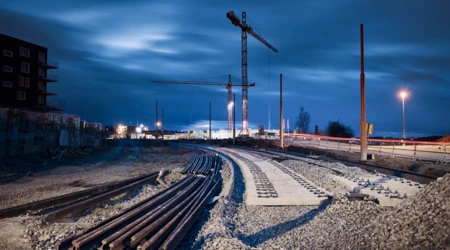
The client is a leading logistics and industrial real estate developer. The company has a significant portfolio in Czech Republic. The company wanted to get a better understanding of the competitive position of the sites in their portfolio versus other sites in surrounding countries like Germany, Poland and Austria. The benchmark would need to be conducted based on a relevant case study of a company that would be fitting with Czech Republic and the sites in scope.

The Austrian Business Agency (ABA) needed to develop a new strategic plan. Part of that plan should be an updated inward investment promotion strategy. ABA requested as input firstly to have the agency’s activities and results to be benchmarked with similar agencies in Europe. Secondly strategic directions for the agency needed to be defined and finally a first value proposition, for the life science industry, needed to be developed.

MIDAS – Invest in Manchester, is the inward investment promotion agency for Greater Manchester, with a strategic aim to secure significant levels of new investment for the city region to create and safeguard jobs. This is achieved through the global business marketing of the city region's key sectors and the provision of an extensive advice and assistance for potential investors.

The need to identify the synergy opportunities between the two companies from a transportation management and organization perspective. After a major acquisition our client wanted to identify the synergy opportunities between the two companies in North America from a transportation management & organization perspective.

Our client is a manufacturer of packaging materials for customers in various sectors of industry. With over 50 plants in Europe, divided over 10 business units, the scope of the company is truly pan-European. Our client is looking to increase the added value of its transport management set-up and identify means to improve customer service performance in addition to increase value creation from the clients outsourced transport management operations.

Our customer operates within a truly global, integrated and customer centric business environment. In order to become a leading global MedTech company, an E2E Supply Chain Transformation is to be formed to map, model and improve the company’s value chain network.

We were requested to co-lead and manage the implementation and transformation of Client’s newly designed European Distribution Network, combined with the selection of a new 3PL that manages the full European Distribution Network.
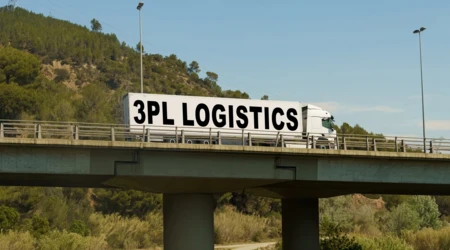
We were requested to support the implementation of a new 3PL for a Centralized European Distribution Center that included the move to a new location to a new 3PL. Prior to the implementation project we conducted for the client a location study as well as the logistics procurement project to select and contract the preferred Logistics Service Provider (LSP or 3PL).

BCI assessed the healthcare market in 10 countries; assessed global competitors in the field of contract logistics, freight forwarding, customs clearance, and express services; interviewed (potential) customers in the industry vertical; identified legislative and regulatory aspects, and analyzed the general economic and political environment (PEST analyses).

The client has asked for an investigation into the level of logistics transit and inspection costs for the import of selected fresh products from outside the European Union through various North Western European seaports and airports. These port logistics transit and inspection costs include the average logistics costs of transportation by sea/air, handling in the port area and final delivery to the customer in the Netherlands or Germany; the costs for the legal required supervision and inspection activities by national authorities for the selected fresh produce import supply chains.
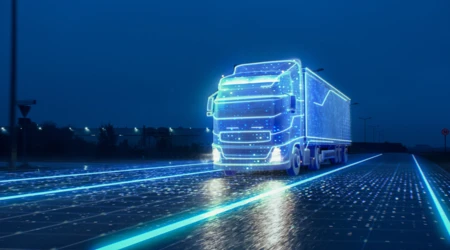
Advanced Driver Assistance Systems (ADAS) such as Adaptive Cruise. Control will play a more and more important role in improving the safety of car driving and does play also a role in the further development of autonomous vehicles. In this project BCI acted as the project manager of a consortium of international companies.

The Brabant Development Agency identified the high tech - semiconductor industry as a potentially interesting target segment for attracting new foreign businesses to their region. We were assigned to conduct a study to identify the opportunities in this industry, to develop a value proposition and to make a concrete marketing plan.
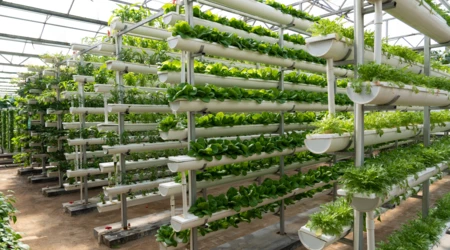
The Sustainable Food Initiative (SFI) is an innovation community looking for new approaches to answer some of the big challenges that we face in the production of food. Due to the changes in demographics, in the climate, in the way we use our resources and in the way that our cultures change, we need to explore new ways of producing sufficient, high quality food for a growing global population, whilst protecting food production ecosystems.

The available area in the Flanders region for new industrial, logistics, retail and wholesale activities is limited. With the expected economic growth in the future, it will become even more difficult to find the space needed to attract or expand new business activities. The Flemish Government is aware of these limitations and wants to stimulate a more efficient use of the remaining industrial areas. BCI was asked (together with the University of Leuven) to find opportunities for combining different economic activities in specific areas, or even combine residential and company activities.

KennisPark Twente (“Knowledge Park Twente”) is the science park that was developed in the region of Twente in the Eastern part of The Netherlands. In this region the Technical University of Twente is located as well. Due to the growth of the activities at the park the park management and regional authorities identified the need to develop a vision on the further growth of the science park in terms of further business growth and a translation in what that means for required space for expansion and new companies and organizations as well as for the organization and the marketing approach.
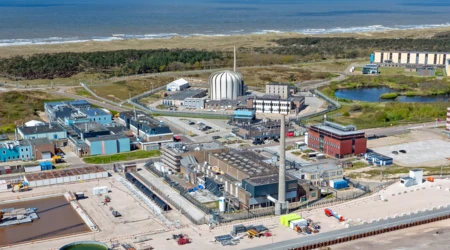
Six stakeholders from the public and private sector and knowledge institutes have started an initiative to develop an Energy & Health Campus in Petten. The ambition of the Energy & Health Campus is to become an international open access campus with state of the art facilities in the domains of nuclear health and sustainable energy. The main pillars for the campus development are the companies already established in Petten, particularly the Dutch Energy Research Center (ECN), NRG (a producer of nuclear isotopes for industrial purposes) and PALLAS (a producer of nuclear isotopes for medical purposes).

The media cluster in the Mechelen/Vilvoorde region defines the media sector in Flanders. Both cities locate numerous (cross) media companies from different parts of the economic value chain. But the media sector is also characterized by high levels of competition, strong dynamics in terms of start-ups and outsourcing and new developments with high impact such as introduction of video on demand platforms like Netflix.

BCI assessed several scenarios for this company to determine the optimal location strategy for their significant European distribution and light-manufacturing operations. Scenarios included expansion of the current location in Western Europe, adding a new site in a lower cost location in Central and Eastern Europe to the existing locations and consolidating all activities in a new site in Central and Eastern Europe.

The province of Utrecht is doing well from an economic perspective. Utrecht is strong in knowledge and service activities and excels in Life Sciences & Health. Companies in other sectors, such as the manufacturing industry and logistics, also contribute to this strong economic position. The central location in the Netherlands, an above-average education level and a high quality of life ensure an attractive business climate. However, it is not a given that the region continues to perform well. The economy is changing rapidly due to technological developments and social cultural trends, for example the rise of e-commerce and robotics.
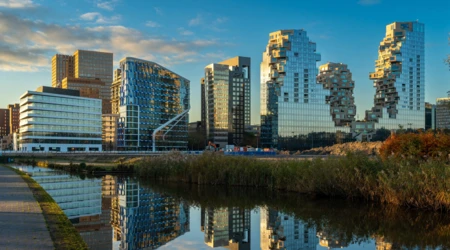
Development of an economic vision on the further development of the South-Axis area in Amsterdam. Develop a vison for the area.
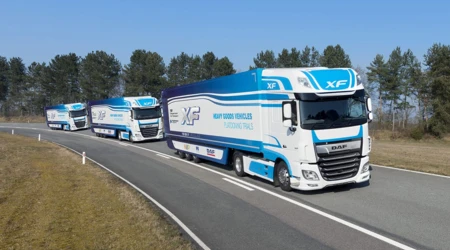
The Netherlands wants to be and to remain a frontrunner in the development and application of innovations for traffic, transport and mobility. Key topics are Intelligent Transport Systems (ITS), Smart Mobility & Logistics, Truck Platooning, Automated Driving and Traffic Management 2.0.
The province of North-Brabant, and especially the Eindhoven Brainport region, is home of Smart Mobility. Metropolitan areas have a serious ambition with regard to improving accessibility, air quality and the overall living quality.

Determine the optimal distribution network in Europe for a recently merged FCMG and consumer health company. BCI established a distribution network model using supply chain modelling software, market knowledge and in-house developed databases on labor costs, real estate costs, risk factors, lead times and transport costs.

What is the optimal location for a new distribution center in Europe? BCI conducted a fact-based and unbiased assessment of several candidate locations in Southern Europe for a new warehouse for this company.

What is the optimal location for a new production plant in Europe? BCI conducted a fact-based and unbiased location comparison for the new manufacturing plant of this company in Europe.
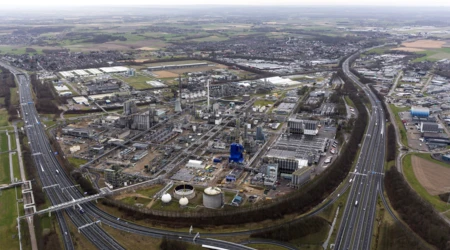
The Brightlands Chemelot Campus kicked-off as the R&D location of DSM. Currently, the Campus houses 55 companies with almost 2,000 employees. The focus is on R&D and pilot production of performance materials, bio-based materials and biomedical materials. The continuation of the growth of the last years cannot by accommodated fully on the current Campus site.

What is the optimal location for a new shared services center in Europe and in Asia? BCI conducted a fact-based and unbiased location comparison for the new shared services centers of this company in Europe and in Asia.
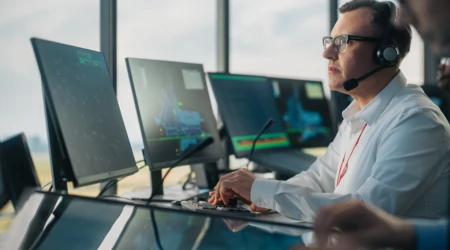
Mapping of an end to end supply chain for the US, Europe and APAC region, including suppliers and customers of suppliers. The focus was on the supply side of the supply chain with the objective to obtain visibility on a product level.

What is the optimal location for a new distribution center in Europe? BCI conducted a fact-based and unbiased location comparison as well as a final site search for the company’s new distribution center in Europe.

Determine the optimal manufacturing and distribution network across the globe for a technology company transforming into a fast-moving goods company with over 1,000 retail outlets across the globe.
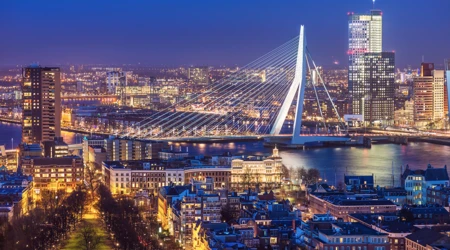
Next to the Port of Rotterdam, the number 1 seaport of Europe, the Netherlands also has within its borders the European top-10 seaports Amsterdam Port and North Sea Ports (a merger between Zeeland Seaports and Port of Ghent since January 1, 2018). Because of this high number of top-10 European seaports the Netherlands is regarded as one of the most important gateways to Europe. To maintain this position, the Dutch seaports should cooperate where possible and beneficial in order to secure their competitive advantage and to guarantee efficient and sustainable transport solutions to the hinterland.
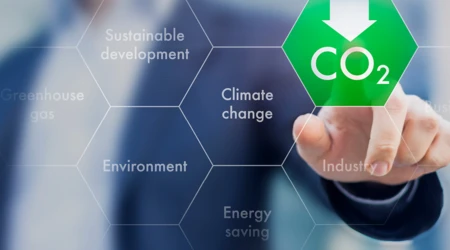
How to optimize the current manufacturing footprint which was established through mergers and acquisitions? Which scenarios are relevant and how do they compare from a cost, service, location quality and risk perspective?

BCI assessed the market potential of various emerging markets from a market entry and route to market perspective and prioritized the alternative scenarios. Subsequently, the recommended go to market strategy and related business case was presented.
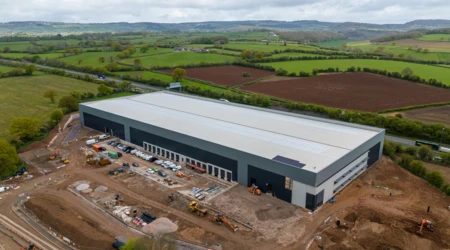
BCI client is a leading international logistics real estate developer. The company has identified a potential opportunity to obtain a significant plot on a newly developed logistics park in The Netherlands. The company asked BCI to assess the market potential of the location as well as the specific plot.

North Brabant is already for many years a top logistics region in Europe where many shippers and logistics providers have located their (international) distribution centers. However, there is still strong competition from other regions in The Netherlands as well as in surrounding countries like Belgium, Germany and France. The development agency of the North Brabant region was in need of strong value propositions in presentation format to justify and market its leading position further towards the relevant target groups.
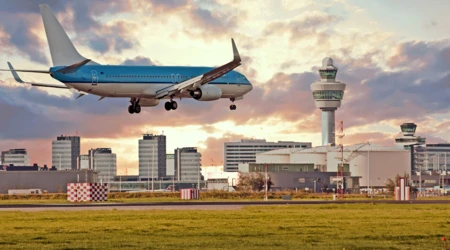
What is the economic importance of the Schiphol region for the Dutch economy, how are the economic activities of the airport network related to the region and what is the optimal strategy for Schiphol Airport to collaborate with companies in the region and outside for sustainable economic growth?

In recent years Birmingham has been successful in attracting a number of foreign companies performing higher value added front and middle office activities within business, professional and financial services to locations within the city center Enterprise Zone. Key examples include Deutsche Bank, Hogan Lovells and HSBC. These types of operations are different from more cost driven and lower end back office functions such as shared services and call centers.

BCI was hired as a project leader to conduct two tasks: manage and support the supply chain integration of the two companies at multiple production locations, including the setup of shared services, the export of pharmaceutical products from multiple sites via a 3PL, the integration of both order management processes, and the implementation of a hybrid distribution model encompassing both direct ship flows and a 2-echelon supply chain structure

BCI conducted a Sales & Operations assessment to determine key gaps in processes, organization and systems. BCI developed a customized S&OP blueprint and supported the implementation process focusing on creating the engagement and alignment between stakeholders and the actual implementation.

What is the optimal location for a new production plant in Asia? BCI conducted a comprehensive and independent location comparison for the new manufacturing plant of this company in Asia-Pacific.
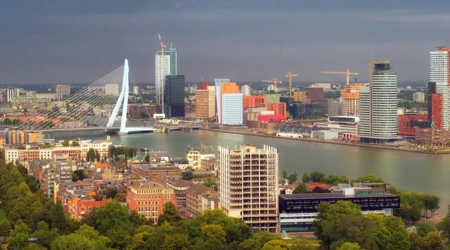
BCI has been asked to develop a new strategy for the economic activities in the city center of Rotterdam, as part of an integrated spatial economic masterplan.

Support the client in developing an analytical Center of Excellence, train the COE team members and identify, lead, conduct and implement supply chain analytical projects within the COE.

Create a vision and a supply chain strategy for a fast-moving consumer goods player for multiple geographies, i.e. EMEA, the Americas and APAC.

Locate in Limburg is a regional development organization focused on attracting foreign investments. One of their main targets is logistics. Within the logistics sector several target groups are relevant: dedicated logistics companies (3PL’s), but also manufacturing companies that are looking for a warehouse to deliver to European stores or end consumers (e-Commerce).

Select the best 3rd party logistics provider (3PL) for warehousing and distribution for a FMCG company which fulfils requirements related to food safety, compliance and integrity, relevant experience, industry knowledge, cultural fit, commitment and costs.

Make or buy assessment for various geographies across the globe including APAC to assess whether the brand owner should insource or outsource the activities in the market place taking into consideration the growth and availability of providers in the respective territories.
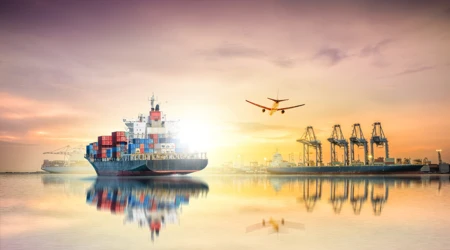
The customer is a large manufacturer of bulk and packaged chemicals with a sales volume exceeding 2 billion euros, transport flows from 8 plants and 9 warehouses to over 12,000 ship-to locations all over Europe. The transportation budget reaches 25 mil.

Data sharing in logistics and in traffic management is becoming more and more important. To support the development of efficient logistics and traffic management with data sharing the OpenTripModel (OTM) was developed as an open data model used to exchange logistics trip data via the web. The OTM makes it possible for transporting companies to incorporate real time traffic data or traffic restrictions into their transport routing.

Validate the control tower strategy for a large industrial manufacturing company and support the outsourcing process to select multiple LLPs.

Develop a cost to serve analytics model to reflect the total landed costs in the supply chain including order handling, order management, distribution, fulfilment, packaging, inbound, sourcing and planning, using big data.
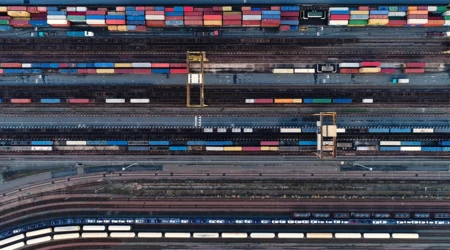
What is the feasibility and impact of three innovations in rail freight transport in the Netherlands: automatic brake control, train monitoring and digital automatic coupling (DAC) on the shunting, loading and unloading process.
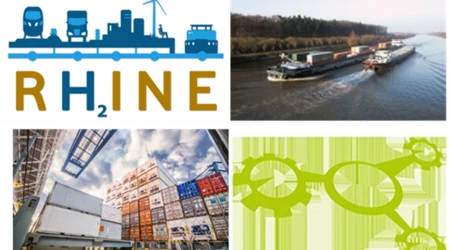
The international community is strongly committed to the development of hydrogen as a fuel for various modalities. This is corporated in among others the EU Green Deal. For the use of hydrogen in inland navigation, the RH2INE program is a concrete initiative to this end. As a start of the European RH2INE program, a study was initiated to prepare for investments in at least 3 hydrogen filling stations in 3 core inland ports in Germany and the Netherlands, located on the Rhine-Alps corridor between Rotterdam and Cologne.

Shippers and logistics service providers have to pay detention and demurrage fees to shipping lines when a container is not brought back to the shipping lines after the contractual negotiated number of free days. These detention and demurrage fees can quickly go up to hundreds of dollars per container when the number of free days is surpassed. In order to avoid this risk of paying fees, shippers and logistics service providers seem to increasingly choose road transport instead of rail or barge transport in Europe.
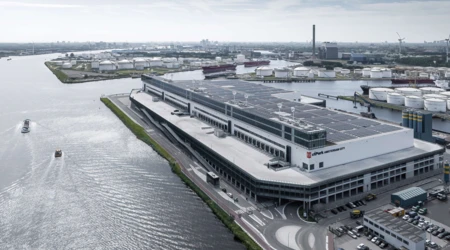
CTPark Amsterdam City will comprise of 120,000 sq m Lettable Floor Area (LFA) and will be located right in the heart of the Netherlands’ excellent infrastructure and holds a pivotal location in one of the most densely populated areas in Europe. CTPark Amsterdam City is strategically located in the Port of Amsterdam, the 4th busiest cargo port in Europe. It provides direct access to the city center (7 minutes by water) and the ring Motorway A10 (3 minutes).
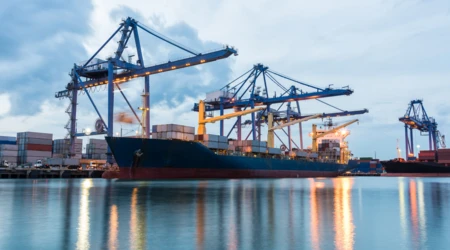
This study analysed what the opportunities are for the development area Blue Gate in Antwerp, and what type of companies can locate here with a specific focus on city logistics. The BCI study concluded that there are many development options for Blue Gate Antwerp.

Objective of the project is to achieve a more efficient cargo distribution in urban areas, and thereby maintain efficiency in long distance transport. To promote efficient logistics sustainably, the focus is on optimizing the interaction between hubs and the urban logistics system in smaller and medium-sized cities and city networks.
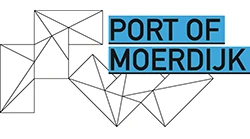
The Port of Moerdijk has developed in recent years into an important logistics and industrial hub in the Netherlands with a strong bond with 'big brother' Rotterdam. The location on deep sea water offers a range of multimodal connections via maritime shipping, flanked by inland shipping, pipelines, rail and road transport. The port of Moerdijk has recently been designated as a junction of strategic importance by the Dutch Freight Transport Corridors program, in which national and regional authorities combine their multimodal infrastructure investments.

Starting up and profitably running intermodal corridor transport services requires a lot from companies: it takes time and requires relatively high investment costs. A high occupancy rate of multimodal transport service is essential to work in a structurally profitable manner. The Joint Corridors Off Road program supports logistics service providers in starting up these intermodal services. More than 45 intermodal Joint Corridors have now been set up in Europe.

Smart Delta Resources, a collaboration platform including companies such as Air Liquide, Air Products, ArcelorMittal, Dow, ENGIE, Fluxys, Gasunie, North Sea Port, Ørsted, PZEM, Vopak, Yara, Zeeland Refinery and Vopak.

